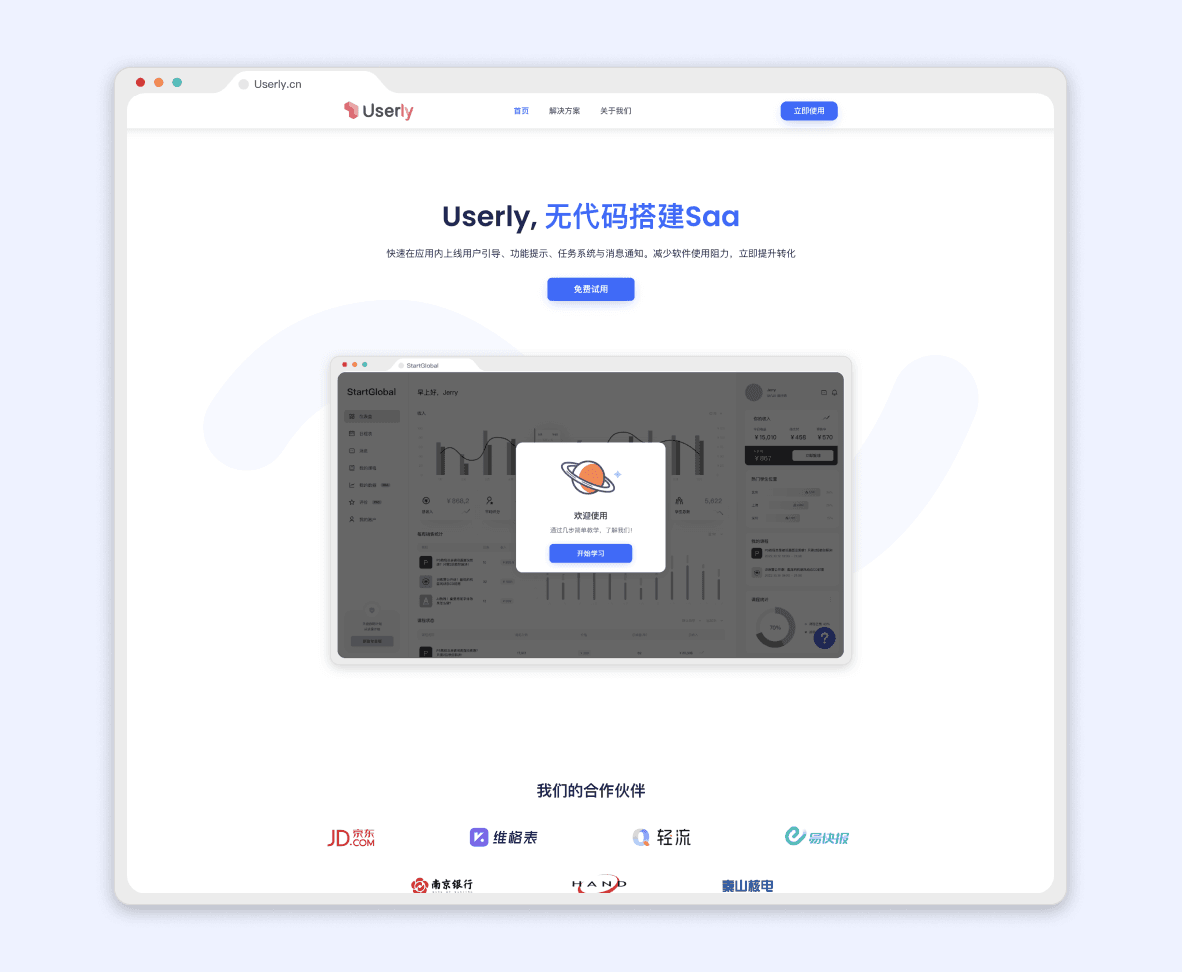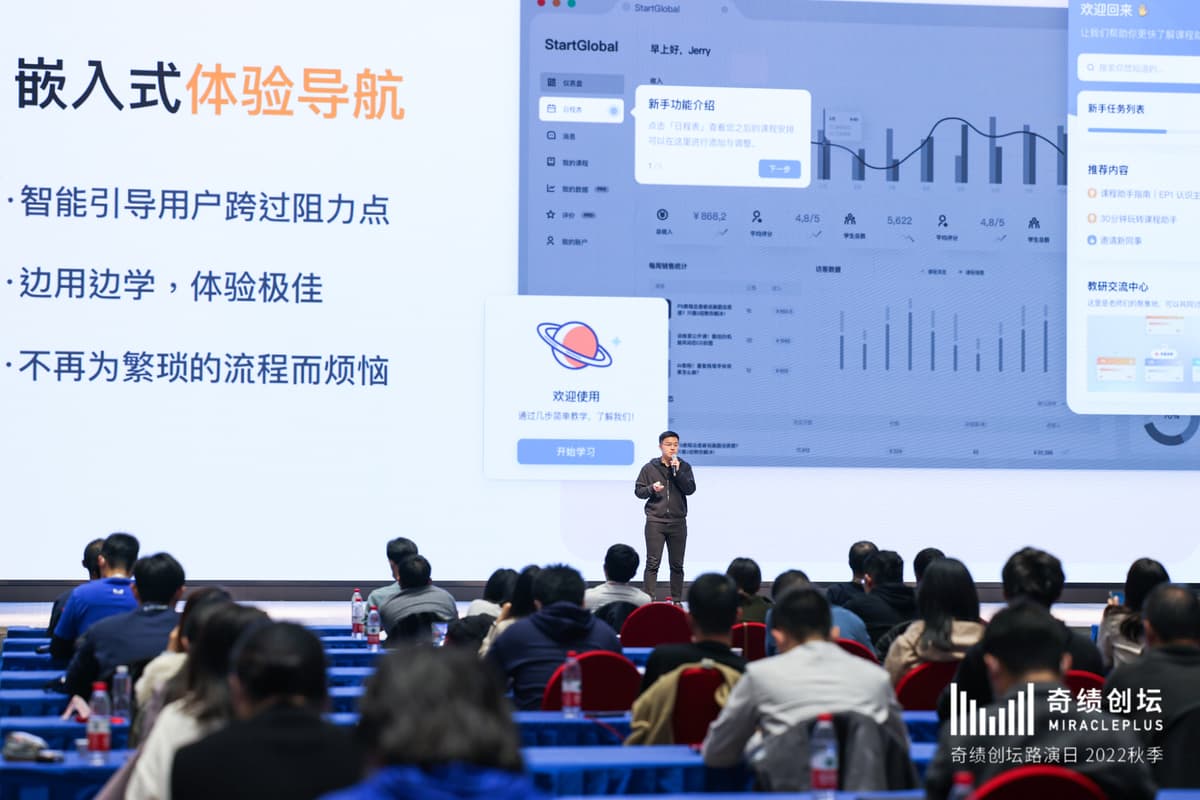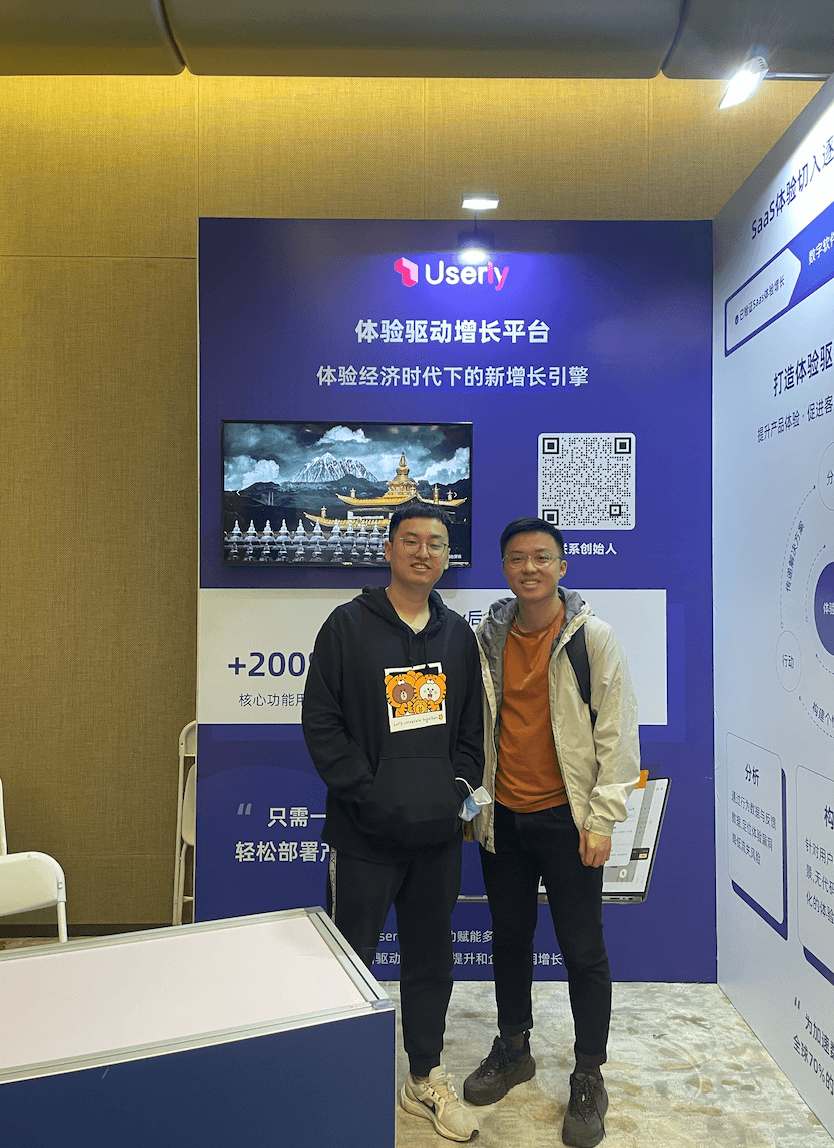During 2021 - 2023, I poured my heart and soul into Userly Labs, a startup I co-founded with a close friend I met in grad school. Now that this chapter has wrapped up in mid-2024, I wanted to reflect on this wild, rewarding, and at times, exhausting journey.
Before 2021
In my 20s, I've always been on a quest to find out how I can build a product that many people love. My background was pretty technical: I spent my college and grad school years diving into embedded systems and web apps. Writing code was fun and satisfying, but deep down, I had this lingering question: "Am I just building cool stuff for the sake of it, or am I really solving a problem that matters?"
That constant question pushed me to explore human-computer interaction (HCI), which I saw as the bridge between technology and humanity. In my second year at Carnegie Mellon, I decided to make the switch to focus on the HCI program, which led me to some incredible opportunities working as a product designer and product manager at Yext and Palantir.
Planting the Seed
While working at Yext and Palantir, I saw firsthand how digital transformation was changing industries. But one thing stood out to me over and over: enterprise software was often so complicated that users struggled to even figure out how to use it.
To tackle this problem, companies like the ones I worked for had to invest significant time and resource to build systems like help center, in-app guidance, and training programs - just to make the software more user-friendly. This challenge wasn't isolated to the companies I worked with; it's a widespread challenge in the B2B tech industry. Some startups, like Gainsight and Pendo, were already addressing these pain points, focusing on enhancing user onboarding and adoption for b2b software.

A screenshot of the Yext product featuring the help center I designed. We put considerable effort to reduce the product's learning curve and enhance user experience.
Meanwhile, my own interest in startups was growing, fueled in part by my deep exposure to the startup environment. Reflecting back, I realize that being at Palantir played a big role in this. The startup spirit wasn't just encouraged—it was practically embedded in the culture. We were constantly pushed to chase down new ideas and create projects that had the potential to evolve into real products. (And yes, Zero to One by Peter Thiel was practically everywhere in the office, reinforcing that startup mentality even more.)
These experiences—watching users struggle with enterprise software and being immersed in startup culture—planted the seed for my own startup journey. I set out on a mission: to make software easier to adopt for everyone.
Shifting Focus from the US to China
With the mission in my mind, I started researching the market landscape. In the US, B2B software was already a massive industry, but in China, it was just starting to take off in a big way. In 2021 alone, over 600 B2B SaaS companies in China received funding, and countless others were exploring cloud adoption.
I figured that as China's cloud-native software industry grew, so would the need for tools that made those platforms easier to use. I saw a window of opportunity—and I jumped on it.
Before diving into the development of solution, I wanted to validate the problem I was solving with some actually potential customers. I reached out to potential customers - product managers, customer success managers, startup CEOs - get a feel for their challenges and needs. I wrote articles, joined online forums, and talked to anyone who would listen. The response was encouraging, and it gave me the confidence to move forward.

Articles I wrote to raise awareness about software adoption challenges in the B2B industry. These articles not only sparked interest but also helped attract potential customers for validating key assumptions.
Build MVP and Find Early Customers
In October 2021, I made the move from the US to China, determined to get this thing off the ground. I leaned on every resource I had to build our MVP and sign up our first 10 paying customers. Some came from my articles, others from referrals, and a few just heard about us through word-of-mouth.

We visited our first customer, a series-B B2B company in China called QingFlow.

Home page of Userly
We called our product Userly because, at its core, it was all about being user-friendly. It's a digital adoption platform built for B2B software companies. Essentially, we added a 'product experience layer' on top of their existing software, offering in-app guidance, videos, and help articles—exactly when and where users needed them, without disrupting their workflow.






Helping Customers Adopt the Solution
I've always believed that for any SaaS company, customer success is just as crucial as the product itself. It's not enough to simply sell the product; you need to ensure that customers implement it seamlessly and, more importantly, adopt the best practices that unlock its full potential. That's where I focused a lot of my energy—helping our customers get the most out of our system.

The timeline ensures transparency and keeps everyone aligned throughout the process.

This form collects essential user and event data from our clients' software, ensuring smooth collaboration and setup.
Onboarding our first two customers was extremely challenging. I had to develop numerous documents and processes, from implementation timelines, product best practices, and updates on new features. It was a lot of trial and error, but once we got those customers up and running, everything began to click. We were able to standardize much of what we had created, enabling us to scale more efficiently and roll out our solutions with far greater ease.

This is our best practices document (machine-translated). I distilled the best practices of implementing user onboarding and increasing user adoption, and shared it with our clients.
Getting Investors and More Customers Onboard
Securing investors was just as crucial as bringing in new customers for Userly's growth. I worked tirelessly to craft a compelling pitch that highlighted our product's unique value proposition, market potential, and the early successes we'd already achieved. that we had the vision and team to truly disrupt the industry. At the same time, we ramped up efforts to grow our customer base, leveraging multiple channels—from direct outreach to strategic partnerships and online marketing. Each new customer brought fresh insights, and every pitch honed our narrative further, helping us attract both capital and clients.

Pitching to more than 1000+ investors during a demo day.

Chatting with potential customers after a presentation.

Setting up booth to attract customers and investors with my co-founder, who I met at Carnegie Mellon University

Displaying our product in AWS tech conference.
Closing the Chapter
After nearly two years from inception to closure, I've made the difficult decision to wind down this startup. Despite acquiring new customers, some of whom are paying, and securing investments from top-tier investors, you might wonder why I chose to shut down. Several critical factors led me to believe that continuing the mission would be untenable.
- Declining Payment Willingness: In 2023, the willingness of clients to pay for our solution significantly decreased. Post-Covid, China faced severe economic challenges, impacting our SaaS company clients. Many struggled with revenue growth and external funding, with several going out of business. Convincing enterprises to invest in our service became increasingly challenging.
- Unsustainable Customer Acquisition Costs: The cost of acquiring customers far outweighed the average contract value (ACV), creating a situation where gaining more customers meant more financial loss. Surprisingly, enterprises in China showed a reluctance to invest in software-as-a-service (SaaS) products, preferring to hire additional staff for manual operations due to lower labor costs.
- Insufficient Total Addressable Market (TAM): Our exploration over the year revealed a TAM smaller than our initial estimates, making the venture no longer viable for investment. Despite initially targeting a border customer base including SaaS companies and on-premises software companies, our interactions revealed that our offering was not a priority for the on-premises software companies in China.
Shutting down this venture has been an emotionally challenging journey. Yet, when the moment arrived, and the decision was made, letting go became the necessary path forward. This experience, while ending, will forever be an invaluable chapter in my life.
My Takeaways
- Talking to customers is crucial from day one. Brainstorming solutions in the office won't lead to a product customers want. Instead, get out and chat with potential users. Understand their pain points in life and work, and gauge their reactions to your proposed solution.
- Don’t scale the team before getting product-market-fit. Building a product that people love needs lots of explorations, iterations and even pivots. Only a lean yet powerful team can maneuver this complexity. A large team can only slow down the path to PMF and drains the cash from the company.
- Ship faster, even if the product isn't "perfect". Shipping quickly means getting the product into customers' hands sooner and receiving their feedback earlier. Customer feedback is gold—it's like a beacon guiding the team toward a product that people truly love.
- Large enterprise might not be a good customer for early stage startups. Large enterprise has long decision-making processes and procurement flow. These hurdles can trap startups into lengthy negotiations, draining valuable time and resources. Additionally, large enterprises often request customizations and extra feature requirements such as security review. This puts startups at risk of becoming less focused on building a scalable product.
- Don't overlook the importance of finding the right talent. A startup is a team effort. While I could do everything myself, the right team can make the process 10x faster. I interviewed over 1,000 people before finally finding a team that was self-motivated, smart, and energetic.
- Ignore competitors in the early stage. Competition won't kill an early-stage startup, but lacking a product that people want will. When I started this company, more than five teams emerged shortly after, claiming they wanted to do the exact same thing—some even raised substantial funding. However, all of them went out of business because nobody wanted to buy the product—there was no market for it. So instead of worrying about the competition, focus more on building better products and generating revenue for your company.
- Be a learning machine. Building a product from scratch presented far more challenges than I anticipated. Everything was new to me: How do I raise funding? How do I acquire new customers? How can I help customers adopt my product? I had to absorb knowledge voraciously to adapt to this new environment.